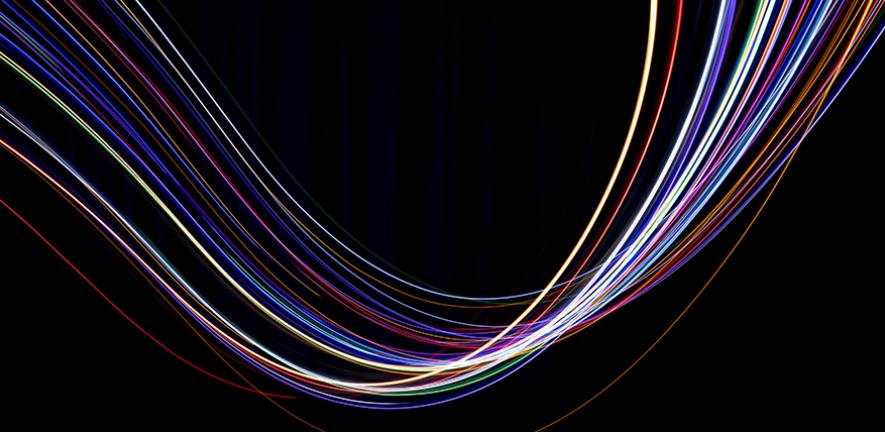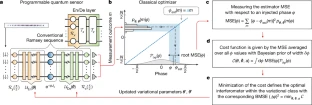Researchers at the University of Cambridge have developed an innovative smart lighting system using quantum dots – tiny semiconductors measuring just billionths of a meter. This next-generation technology offers significant improvements over standard LEDs, including better efficiency, superior color saturation, and the ability to dynamically replicate daylight conditions in a single light source.
The team’s approach goes beyond the traditional three primary colors used in typical LEDs, allowing for more accurate daylight reproduction. Their quantum-dot light-emitting diodes (QD-LED) system combines sophisticated color optimization algorithms with advanced charge transport and light emission modeling.
In testing, the QD-LED system demonstrated excellent performance metrics. It achieved a correlated color temperature range from 2243K (reddish) to 9207K (bright midday sun), exceeding current LED smart lights which operate between 2200K and 6500K. The color rendering index reached an impressive 97, surpassing commercial smart bulbs that range between 80 and 91.
A key advantage of this system is its simplified control mechanism. While traditional LED smart bulbs require individual control of three separate LEDs to achieve desired colors, the QD-LED system uses a single common control voltage to achieve the full color temperature range.
The technology has important implications for human wellbeing. Smart lighting systems that can respond to individual preferences and circadian rhythms may positively impact health, as they can adjust to produce reddish-white light in mornings and evenings and bluish-white during the day.
The researchers note that their design is scalable for large lighting surfaces through a printing process, with control mechanisms similar to display technology. Professor Jong Min Kim describes this as “a world-first” and “the first milestone toward full exploitation of quantum-dot-based smart white lighting for daily applications,” while Professor Gehan Amaratunga highlights the technology’s ability to “better reproduce daylight through its varying color spectrum dynamically in a single light.“
Reference: Chatura Samarakoon, Hyung Woo Choi, Sanghyo Lee, Xiang-Bing Fan, Dong-Wook Shin, Sang Yun Bang, Jeong-Wan Jo, Limeng Ni, Jiajie Yang, Yoonwoo Kim, Sung-Min Jung, Luigi G. Occhipinti, Gehan A. J. Amaratunga, Jong Min Kim. Optoelectronic system and device integration for quantum-dot light-emitting diode white lighting with computational design framework. Nature Communications, 2022; 13 (1) DOI: 10.1038/s41467-022-31853-9



